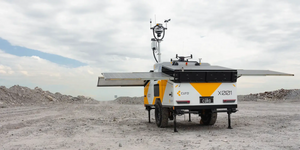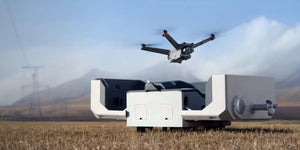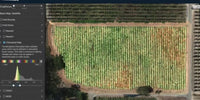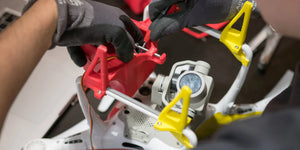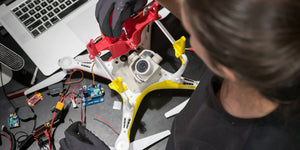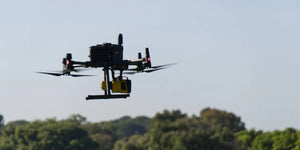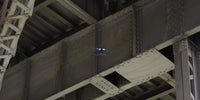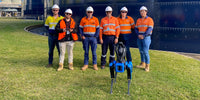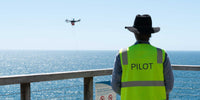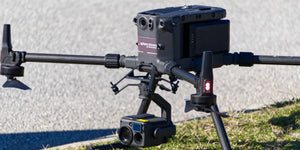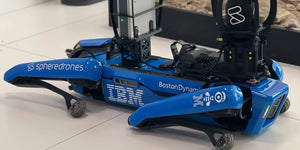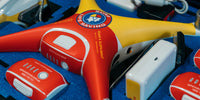What is gas sensing?
Gas sensing is a common occurrence on oil rigs, gas filling stations, and other sites that deal with gas in day-to-day operations. Drones or landborne robots are equipped with a gas detection sensor that send the amount of a specific gas in the air back to the operator which allows them to make an informed decision. Gas sensing can be a dangerous task as the gas could be deadly or it could be explosive, making it a huge risk for humans.
How does gas sensing work?
- A drone or landborne robot is deployed in an area for a routine check or specifically known to have a gas leak.
- The drone or landborne robot is equipped with a gas detection unit that monitors the quantity in the air. This data is sent back to the pilot and a team to decide what needs to happen next.
- The specific area with the leak will often get temporarily shut down until the leak is fixed.
Benefits of using drones and landborne robots
- Improved safety as a human no longer must go in and find the source of a gas that could be deadly or highly explosive.
- Overall costs are lowered as humans no longer need to access dangerous areas and alternative methods no longer need to be used.
- Drones and landborne robots can be ready to sense gas within a few minutes, making response times quicker and the likelihood of something going wrong lower.
